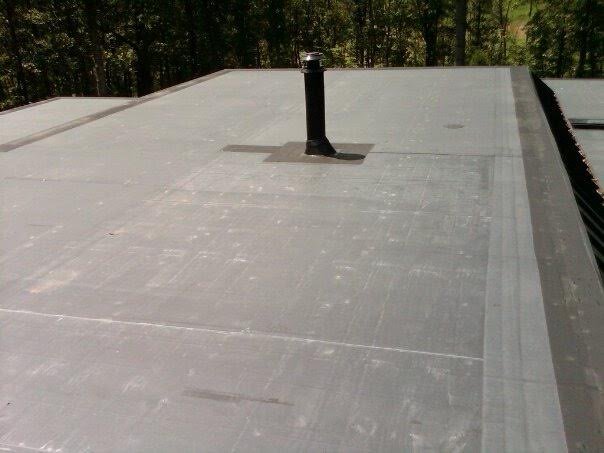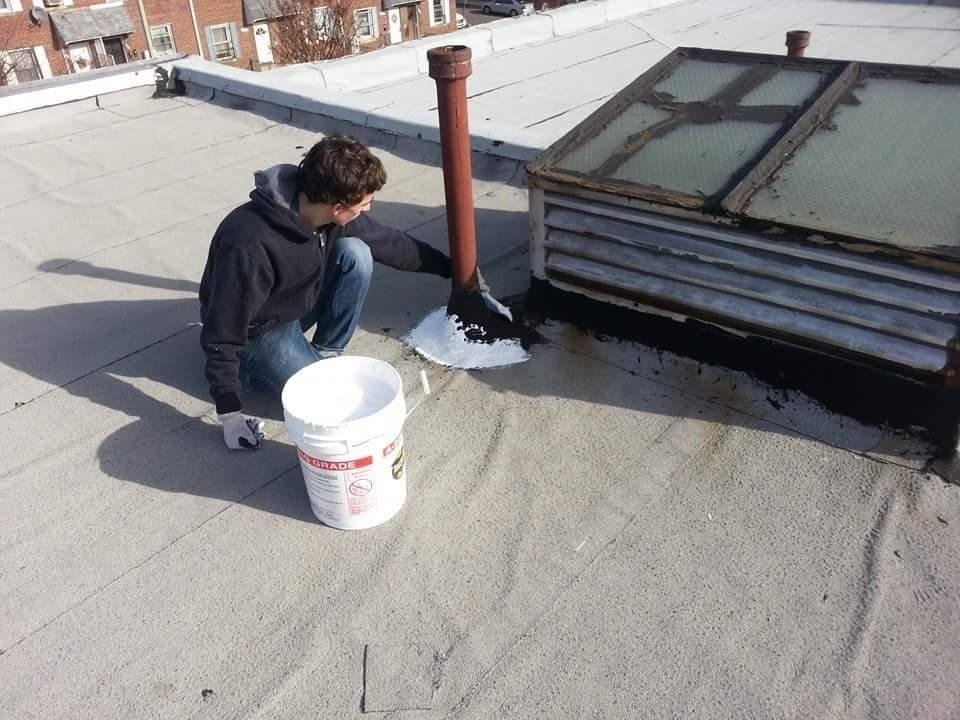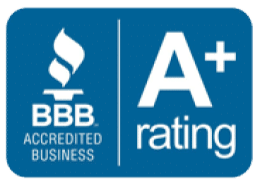A Guide to Understanding Roofing Terminology
When it comes to roofing, understanding the terminology can feel like learning a new language. Whether you’re considering a roof replacement, making repairs, or just want to be more informed, knowing the basic terms can make conversations with contractors more productive and less overwhelming. In this guide, we’ll walk you through some key roofing terms to help you understand the ins and outs of your roof. 1. Shingles Shingles are the most visible part of a roof, acting as the outermost layer of protection. They come in various materials, including asphalt, wood, metal, and slate. Asphalt shingles are the most popular due to their affordability and durability, while metal and slate offer premium, long-lasting alternatives. Key Tip: When selecting shingles, consider factors like climate, durability, and aesthetic appeal to find the right fit for your home. 2. Roof Deck The roof deck is the foundation of the roofing system. It’s the surface (usually made of plywood or OSB) that supports all other layers of the roof. If the roof deck is damaged or weakened, it may require repair or replacement during a roofing project. Key Tip: Regular roof inspections can help identify problems with the roof deck before they become severe, such as sagging or soft spots. 3. Underlayment Underlayment is a protective layer that sits between the roof deck and the shingles. It acts as a moisture barrier, preventing water from seeping into your home in case shingles become damaged or displaced. There are two common types of underlayment: felt (made from paper saturated with asphalt) and synthetic underlayment. Key Tip: Upgrading to synthetic underlayment can offer better water resistance and durability compared to traditional felt. 4. Flashing Flashing is a thin material, typically metal, installed around areas where the roof meets vertical surfaces such as chimneys, vents, skylights, and walls. Its primary purpose is to direct water away from seams and prevent leaks in these vulnerable areas. Key Tip: Flashing should be inspected during routine maintenance, as loose or damaged flashing is a common cause of roof leaks. 5. Drip Edge A drip edge is a metal strip installed along the roof’s edge to guide water away from the fascia (the board running along the roof’s edge) and into the gutter system. This prevents water from running down the sides of your house, which can lead to structural damage over time. Key Tip: Properly installed drip edges are crucial for preventing water damage to your home’s exterior and foundation. 6. Ridge and Ridge Vent The ridge is the horizontal line where two roof planes meet at the top. A ridge vent is a ventilation system installed along this line to allow hot, humid air to escape from the attic. This helps regulate temperature and moisture levels, extending the life of your roof and improving energy efficiency. Key Tip: Make sure your attic has proper ventilation to avoid moisture buildup, which can lead to mold and roof deterioration. 7. Eaves and Soffit The eaves are the edges of the roof that overhang the exterior walls, providing shade and directing water runoff into the gutters. The soffit is the underside of this overhang and is often ventilated to allow air to circulate into the attic. Key Tip: Maintaining clean soffit vents ensures proper airflow, which helps prevent moisture and heat damage inside the attic. 8. Gable A gable is the triangular portion of a wall between the edges of intersecting roof pitches. Homes with gabled roofs have two sloping sides that come together at a peak, creating the iconic triangle shape often seen in traditional houses. Key Tip: Gabled roofs are popular for their simple design and efficient water runoff, but they are more vulnerable to wind damage in storm-prone areas. 9. Valley A valley is where two roof slopes meet, forming a V-shaped depression. Water naturally flows into valleys, making them particularly susceptible to leaks. Proper valley installation and flashing are crucial for preventing water infiltration in these areas. Key Tip: Valleys should be inspected regularly, as debris buildup or damage can lead to pooling water and eventual leaks. 10. Pitch The pitch of a roof refers to its steepness or slope. It is measured by the number of inches the roof rises vertically for every 12 inches it extends horizontally. Roofs with a steep pitch offer better water runoff but can be more challenging (and expensive) to repair or replace. Key Tip: Understanding your roof’s pitch can help you choose the best materials and prepare for the costs associated with maintenance or replacement. 11. Ice Dam An ice dam forms when snow on a roof melts and refreezes at the eaves, preventing proper water drainage. This can lead to water backing up under the shingles and into your home. Ice dams are common in colder climates and can cause significant damage if not addressed. Key Tip: Insulating your attic and ensuring proper ventilation can help prevent ice dams by maintaining a consistent roof temperature. 12. Gutters and Downspouts Gutters are the channels that collect rainwater from the roof and direct it into downspouts, which carry the water away from your home’s foundation. Clogged or damaged gutters can lead to water pooling on the roof or near the foundation, causing structural issues. Key Tip: Regular gutter cleaning and maintenance are essential for keeping water away from your home’s roof and foundation. Final Thoughts Understanding roofing terminology empowers you to make informed decisions about your home. Whether you’re having a conversation with your contractor or planning a roofing project, knowing the terms above will help you feel more confident in the process. At Absolute Home Solutions, we’re here to guide you through every step of your roofing journey. Contact us today for expert advice.







